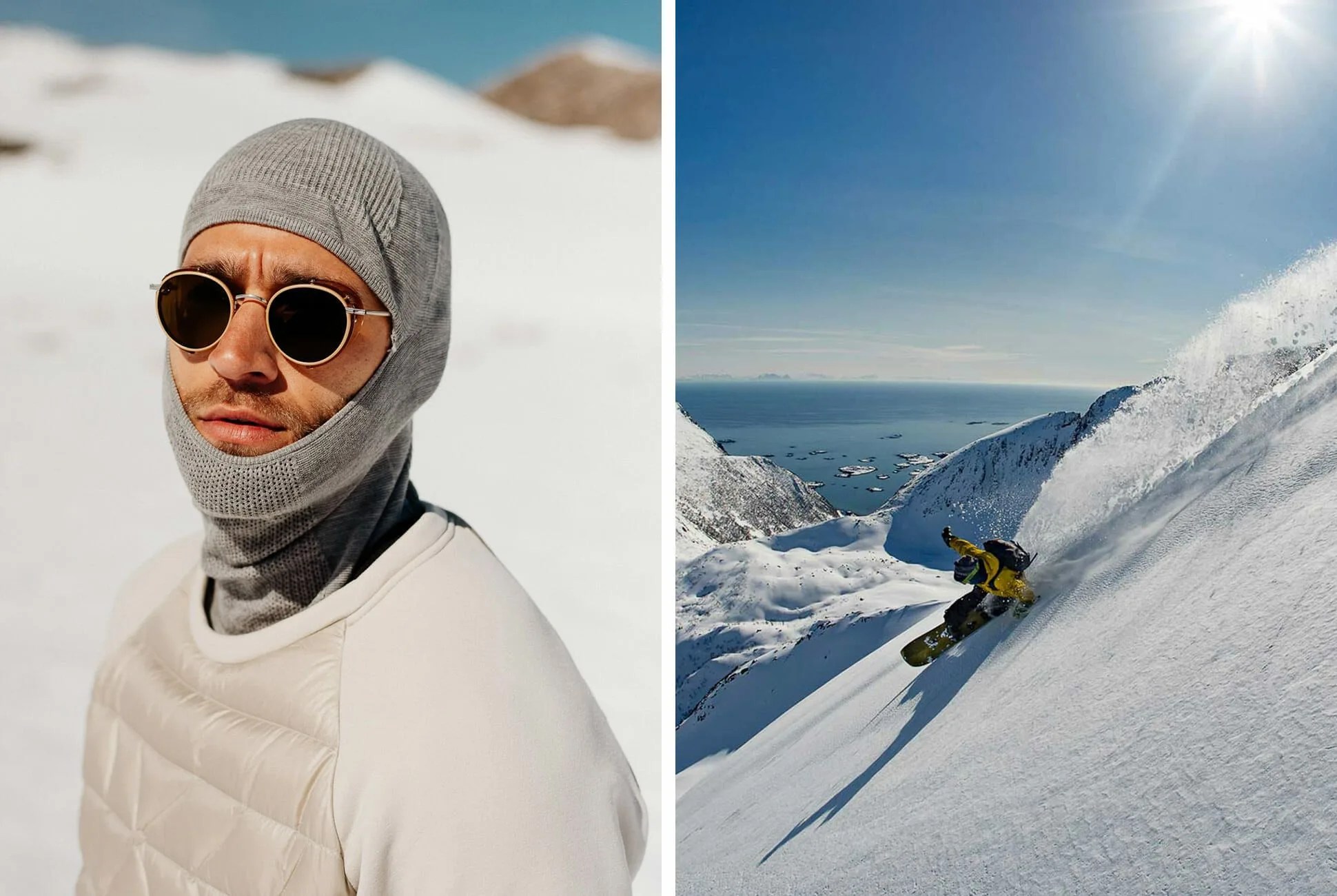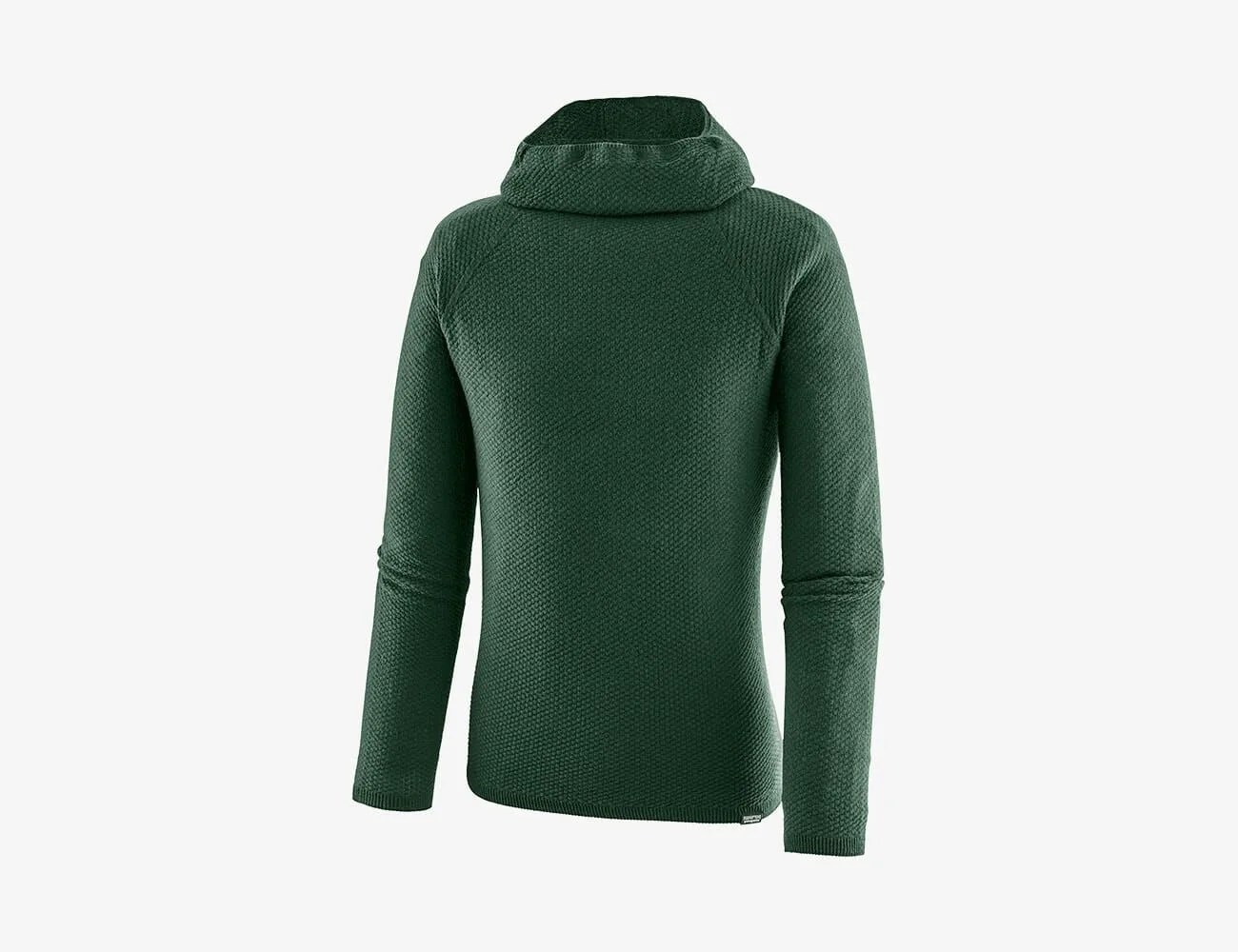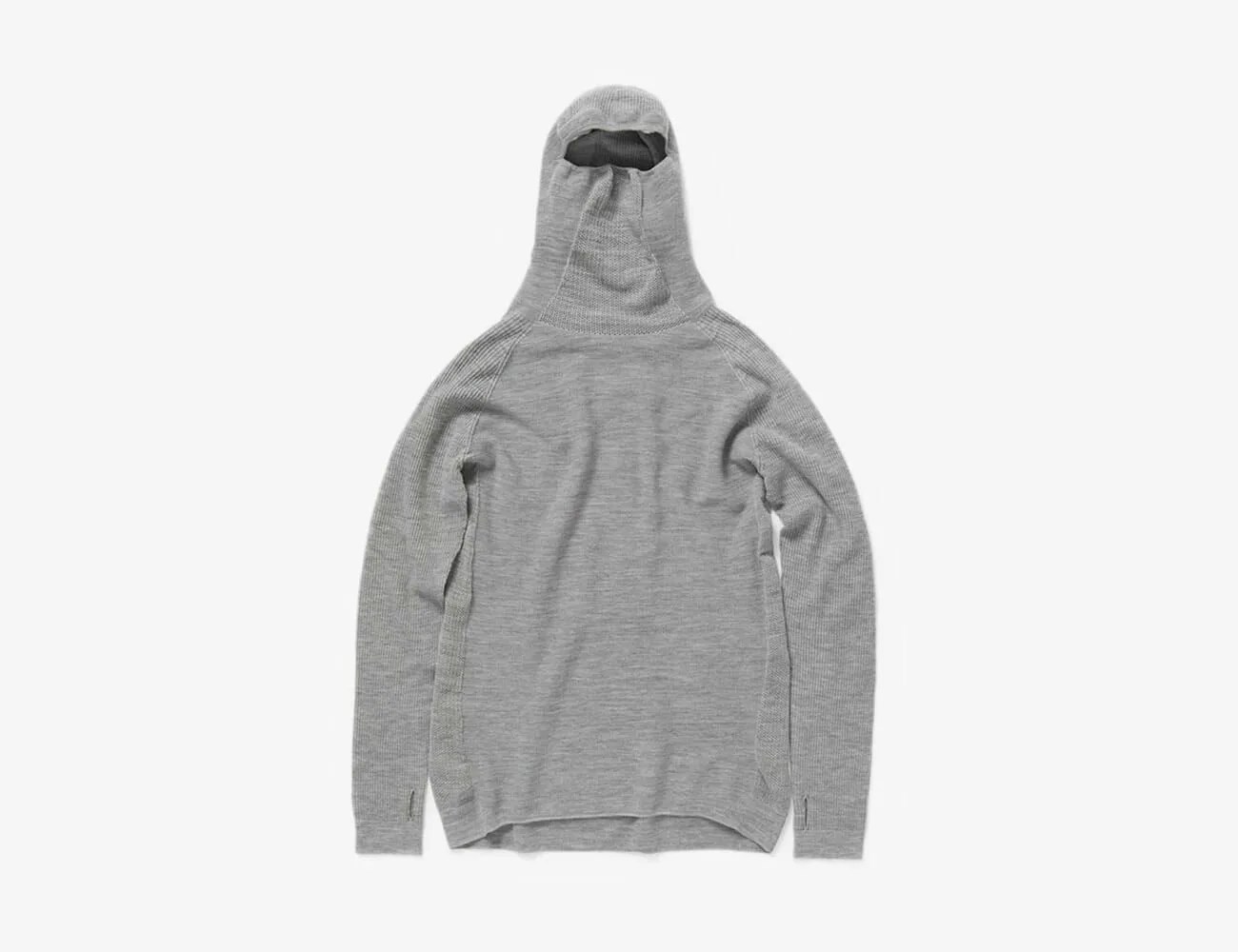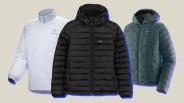A few years ago, I found myself in Chamonix, France. Situated in the valley beneath the famed Mont Blanc Massif, the little town is a European Mecca of sorts that draws skiers, mountain climbers and trail runners to abandon their regular lives in search of scenic thrills. The town hosted the first-ever Winter Olympics in 1924. Pierce Brosnan as James Bond skied out of a helicopter and blew up paragliding snowmobile henchmen there too. I came to witness the Marathon du Mont Blanc and do a bit of ridge running myself, but one of the more memorable moments of the trip occurred in a stark warehouse space in the larger nearby town of Annecy.
It was there, in Salomon’s design facility, that I watched a pair of robots named Bea and Maurice weave the upper of a custom running shoe in under five minutes. Watching the arms of the robot spin, rotate and flex as a shoe materialized before my eyes, I immediately understood how 3D knit fabrics earned their name. We’re used to seeing them under a blanket of branding — Nike has Flyknit, Adidas has Primeknit — but it’s all more or less the same.
Now, however, the innovative manufacturing process is making its way into outdoor clothing, starting (appropriately) with the base layer. Today, Smartwool, Patagonia and Holden all make some version of a 3D-knit base layer. Their reasons for doing so are more or less the same as the shoe companies: a 3D-knit garment creates close to zero production waste, is less labor-intensive to produce, and, most importantly, with no seams, it’s more comfortable.
Smartwool Intraknit
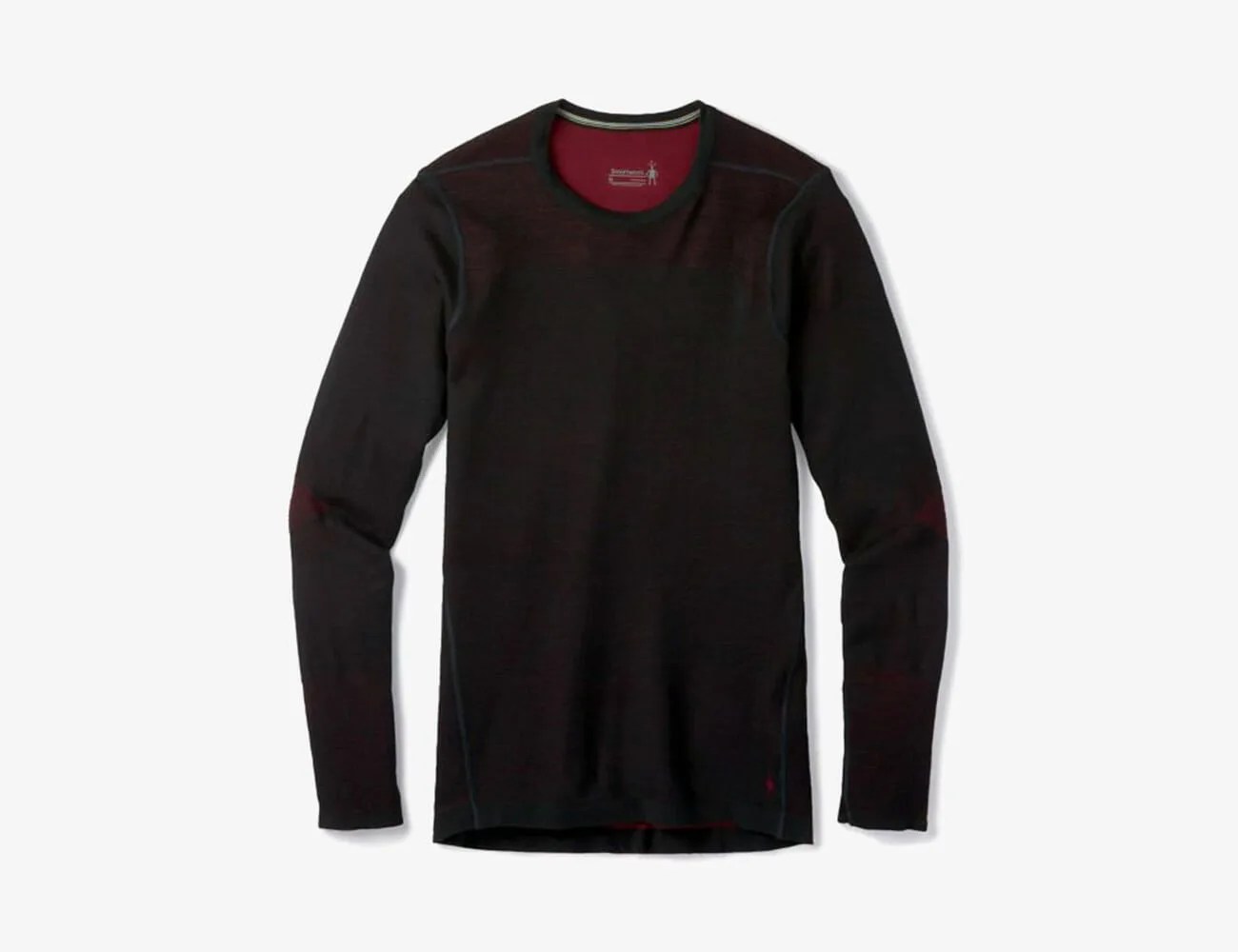
Of course, Smartwool couldn’t stay out of this game for long. Its version of 3D-knit base layers is called Intraknit, and it might be the most complex of the lot. Smartwool has harnessed the tech to create garments with highly specific zones of varying stretch and breathability. For instance, the front and back of the Intraknit bottom’s knee use their own unique weaves, and both of those zones are different from the rest of the leg.
Smartwool also stands apart in using Intraknit to create a full collection of tops and bottoms in different weights, as you might find in traditional base layer collections. Despite the innovation in Intraknit, seams are still present in these garments and seemed particularly noticeable compared to the company’s mainstay base layers. Right now, there are only mid- and heavyweight tops and bottoms, but we’re guessing that it won’t be long before a lightweight version pops up too.
